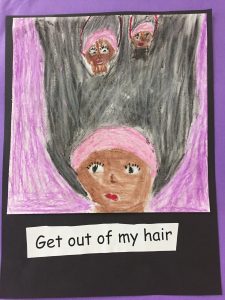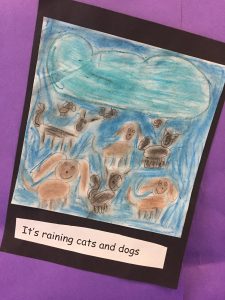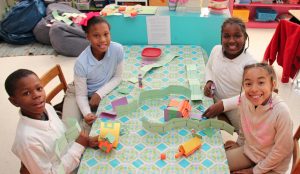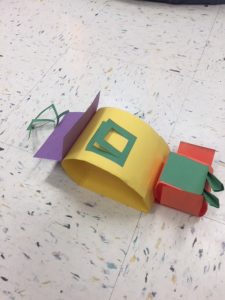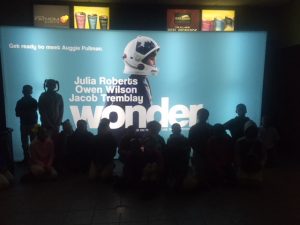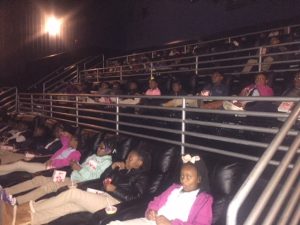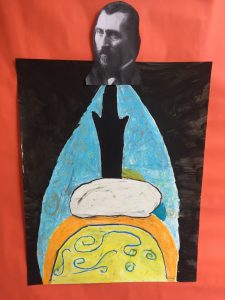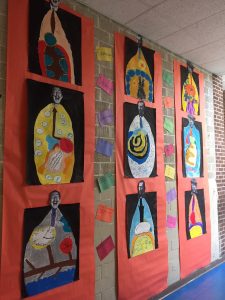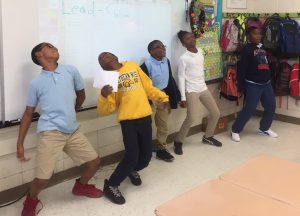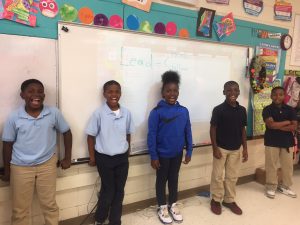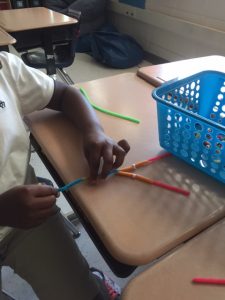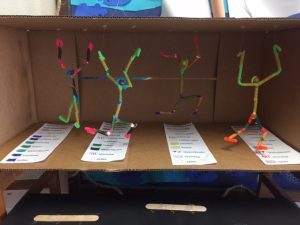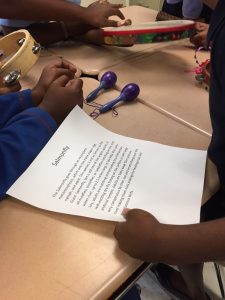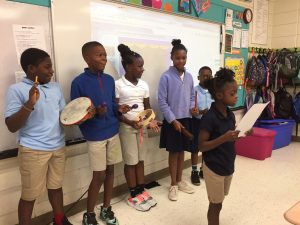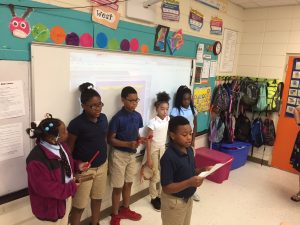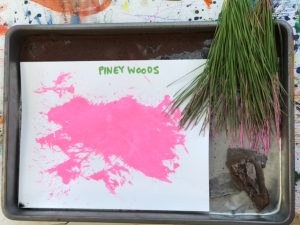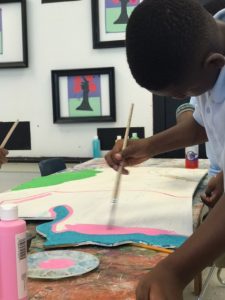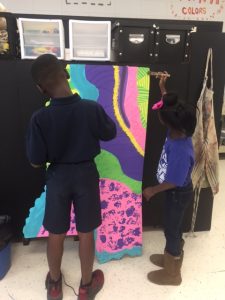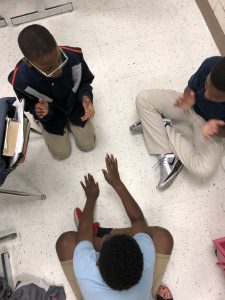 In science, we have been studying light! A couple of the terms that we have been learning about are refraction and reflection along with how light travels. We have also been looking at artwork by the famous artist Vermeer, because he was a light expert creating beautiful painting that captured light. Later this week, we will be making an art piece inspired by O’Keeffe using our knowledge of our new terms translucent, opaque, and transparent. When learning these three new terms, we studied tempo and how each of these words would move with rhythm. We assigned opaque a slow tempo because it is blocking light, translucent a medium tempo since it is letting some light through, and the fastest tempo was represented transparent letting all light through. Student created the rhythms and preformed them for the class.
In science, we have been studying light! A couple of the terms that we have been learning about are refraction and reflection along with how light travels. We have also been looking at artwork by the famous artist Vermeer, because he was a light expert creating beautiful painting that captured light. Later this week, we will be making an art piece inspired by O’Keeffe using our knowledge of our new terms translucent, opaque, and transparent. When learning these three new terms, we studied tempo and how each of these words would move with rhythm. We assigned opaque a slow tempo because it is blocking light, translucent a medium tempo since it is letting some light through, and the fastest tempo was represented transparent letting all light through. Student created the rhythms and preformed them for the class.
Author Archives: Andrea Schipke
Finding Angles
We have been learning to identify acute, right and obtuse angles. Also we have been learning to use a protractor to measure them. We have looked for angles around the room, drawn them, made them with our body, but recently we also looked for them in art prints. Students had a total of 12 prints to analyze looking for three angles and measuring one on each print. It was a great way to looking for angles in a different way! 
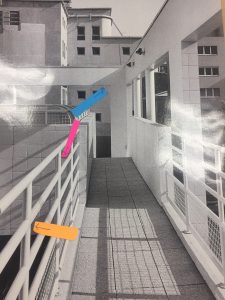
Idiom Art
We have been shaking a leg since we have returned back at school from our snow days. We have so much to learn before we kick the bucket; ha, I’m not pulling your leg. We have been writing a lot of poetry, researching poets, and creating PowerPoints, but the icing on the cake was this idiom art that we made. We learned about space in art while showing the figurative meaning of idioms. So fun. So funny. So not literal. Thankfully, we aren’t couch potatoes, and since we are all in the same boat, we have to beat the gun and keep pushing on until May! Holy Cow, there isn’t much time left in 4th grade! There is NO time to feel under the weather! 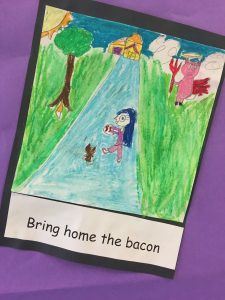

Equivalent Fractions
Wonder
Stylish Food on the Go!
Over the past few weeks, the students have been learning the process of the digestive system. Students studied the different styles of the famous artist, Van Gogh, Dali, and Picasso and then created the parts of the digestive system. Look carefully- Do you notice which style is whose? Can you find the liver, pancreas, large intestine or any other parts of the digestive system?
Let Me Take the Lead!
Students created a dance, but not just any dance! A dance that showcased particular muscles! Students learned about leading as a dance term and discussed what movement would look like if you were to lead with a particular bone. (We have previously learned all about the skeletal system. We’re pros at that now.) Students then created a dance in groups to jazz music while showcasing four muscles. The audience determined what muscle they were leading with! 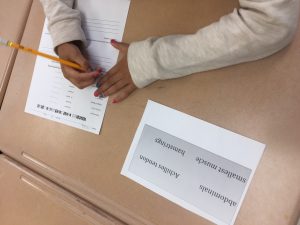
Skeleton Marionette
Evolution of Music through Metamorphosis
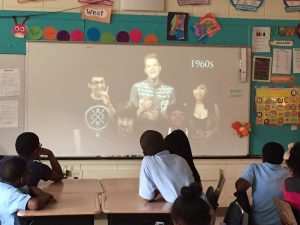 While learning between incomplete and complete stages of metamorphosis, students compared it with the evolution of music. Students watched the video, Evolution of Music by Pentatonix, and looked for ways that music has changed since the beginning of time. From the beginning years of humming and chants, to adding additional voices and then instruments, the students saw and heard the evolution of music. Then in small groups, the students watched a quick metamorphosis video of either a grasshopper, salmon fly, or butterfly where they had to identify if the insect uses complete or incomplete metamorphosis. Students then presented their insect through the progression of music. The presentations started as the reader chanted the reading of the story of their insects’ life cycle. Students added voices and instruments as the progression of the stages deepened as the cycle continued along with showing their knowledge of the evolution of music.
While learning between incomplete and complete stages of metamorphosis, students compared it with the evolution of music. Students watched the video, Evolution of Music by Pentatonix, and looked for ways that music has changed since the beginning of time. From the beginning years of humming and chants, to adding additional voices and then instruments, the students saw and heard the evolution of music. Then in small groups, the students watched a quick metamorphosis video of either a grasshopper, salmon fly, or butterfly where they had to identify if the insect uses complete or incomplete metamorphosis. Students then presented their insect through the progression of music. The presentations started as the reader chanted the reading of the story of their insects’ life cycle. Students added voices and instruments as the progression of the stages deepened as the cycle continued along with showing their knowledge of the evolution of music.
I think that it was a good lesson! It was also a creative lesson! My favorite part was when she let us do the music with the instruments. I loved watching the video too. – Laila
My favorite part about this task is that we learned metamorphosis through music. – Arberney
I liked the part when we played our insects metamorphic cycle with music.- Kaylen
Geological Regions of Mississippi
We have started our year learning about us….as in MISSISSIPPI! Did you know that our state can be broken into TEN geological regions? Our fourth graders do! We know their location, and why each region is grouped by that REGION! We have made personal watercolor maps using inspiration from Walter Anderson, a famous artist from our state, using his seven motifs design. We have even used dance to help us remember the geological regions. And we have partnered with Mr. Bryant, our visual art specialist, to create a permanent display for our campus! Look at this amazingly huge meaningful piece of work! Students used materials from each region to create a special textural design for its own representation, and its correct location. It’s the GEOLOGICAL REGIONS of Mississippi, y’all!

